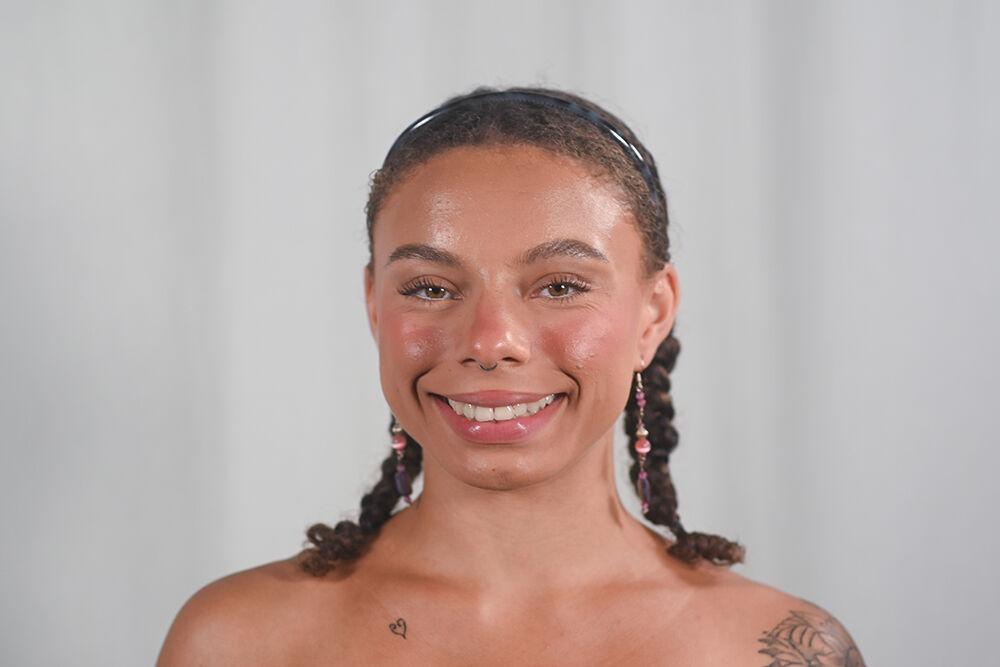In sixth grade, my then-best friend told me her parents wouldn’t let her be friends with me if I was gay. She told me this in the wake of several girls in our grade coming out as lesbian. I ignorantly responded with something like, “Good thing you don’t have to worry about that.”
Back then, I was trapped in the dichotomy of straight and gay. There was no in between, and this mindset was comforting for a while because if I wasn’t attracted to girls, then I was strictly attracted to boys, right?
Wrong.
I knew I was attracted to men; throughout my entire adolescence and early adulthood, this was never a question to me. However, after that not-so-discreet ultimatum in sixth grade, I consistently suppressed any attraction I felt toward women.
I approached sexuality as a choice, thinking it was something I could change at will. Even when I could no longer deny my interest in women, which became obvious to me upon graduating high school, I tried to convince myself the attraction was a normal experience for straight people.
I remember speaking to my partner at the time and trying to speak this delusion into existence.
Through no fault of his own — he didn’t know any better — he helped perpetuate these falsehoods in my mind. We came to a twisted consensus that a certain degree of attraction toward the same sex is “normal,” so to speak.
At the height of the pandemic, I was trapped within the cerulean walls of my bedroom, eyes glued to the screen of my iPhone X while I scrolled through TikTok. With Black Lives Matter protests and calls for action looming over our society, TikTok’s content highlighted many social issues. And despite the tension of race relations being at the forefront of many people’s minds, the topic of sexuality was anything but absent from the conversation.
I think of this time as my sexual awakening — the series of months that brought to my attention the nuances of sexuality.
When I first came face-to-face with the term “bisexual” while drowning myself in the sea of social media posts, I was relieved. It wasn’t that I didn’t know bisexuality existed; I just never considered it for myself because I’d never met a bisexual person. But I thought I’d finally found a way to describe and understand myself.
I held on to my bisexuality for a while, too. For my first two years of college, I was happy to call myself bisexual despite the tendency of people to dismiss bisexual individuals or label them as confused.
Slowly, though, I grew out of touch with this label. I wish I could pinpoint a specific moment that helped me no longer identify with bisexuality, but it’s not that simple. In all actuality, I just came to realize that the term “bisexual” didn’t fully capture my physical and romantic attraction to people. By the fall of 2022, I was able to accept a more ambiguous sexuality for myself.
I was never afraid of not being straight; I was only afraid of not being able to describe who I was to other people.
I’ve always been the type of person who needs structure, organization, logistical consistency and the like. Throughout my adolescence, not being able to reach a conclusion about my sexuality complicated this for me and undoubtedly allowed some self-hatred to fester inside of me for years.
Fortunately, I’ve been able to reconcile this crisis by categorizing myself as unlabeled. Now, I generally refer to myself as queer, and I’ve never felt more in-touch with myself.
When I was growing up, my mom asked me if I was gay more times than I can count. I denied it, but only because I knew I wasn’t gay in the traditional sense of the word.
If my mom would’ve asked if I was queer, I’d have had a different answer.
This isn’t to say all labels are pointless. If you’ve grown comfortable with a particular identification for yourself and it helps you accept your sexuality and/or gender identity, great. Use whatever labels you want.
But for me, attempting to assign myself to a certain category when it comes to sexuality only created anxiety and an identity crisis within me.
If anything, using labels to identify myself has always been for other people, not me. When I finally realized I don’t fit into pre-existing categories nor do I want to, that’s what has made my description of my identity to other people the most fruitful.














